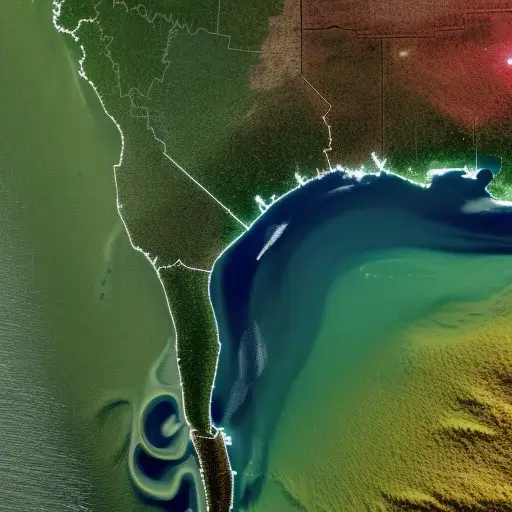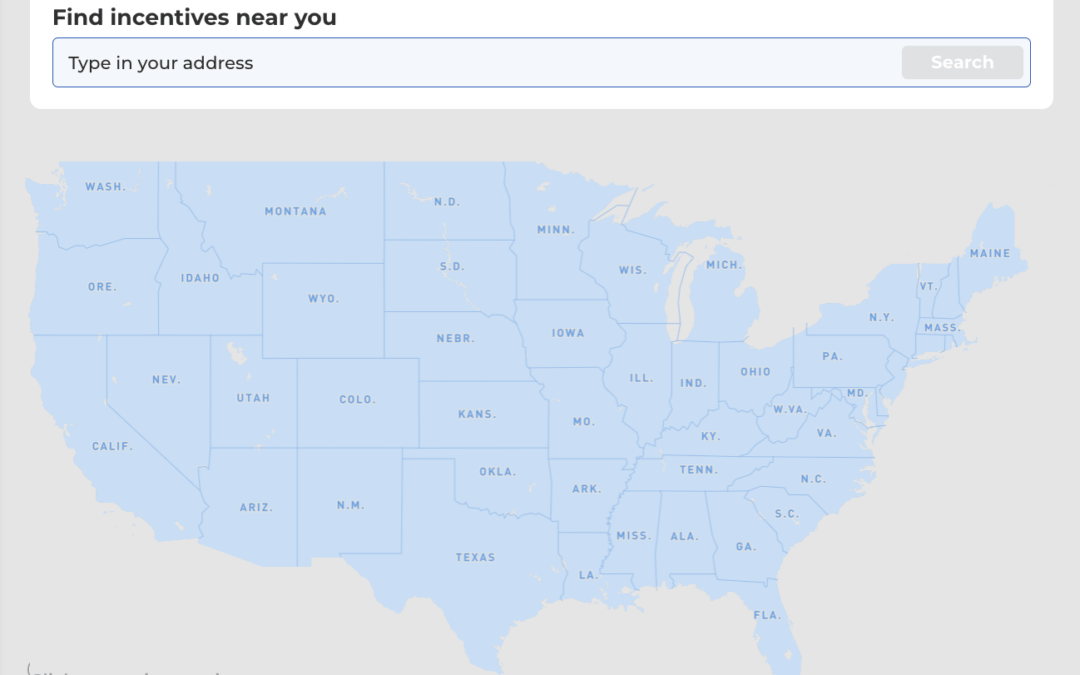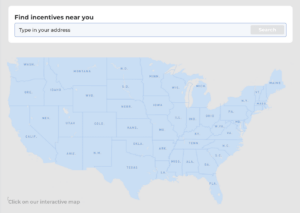The Future of Stormwater Management: Emerging Trends
Stormwater management is an essential aspect of urban planning and environmental conservation, but it’s not the topic that sizzles like solar or carbon capture. As climate change intensifies and urbanization expands, effective stormwater management becomes more pressing in urban areas with weakened infrastructure. The good news is that the future of stormwater management is looking promising, with the emergence of cutting-edge trends and technologies that promise to revolutionize the way we handle stormwater. Here’s a quick exploration of these exciting developments, focusing on IoT-based solutions and data analytics.
The Growing Challenge of Stormwater Management
Stormwater runoff, which includes rainwater that flows over streets, parking lots, and other impervious surfaces, can cause many problems for both urban environments and the natural ecosystems they impact. Excess stormwater can lead to flooding, erosion, water pollution, and harm to aquatic life. (In some urban areas, water sources are starting to develop a sort of hypertension due to the excessive salt runoff during winter.)
Traditional stormwater management systems, including detention basins and retention ponds, have been in use for decades. Still, they are proving insufficient to deal with the challenges of climate change and rapid urbanization.

Emerging Trends and Technologies in Stormwater Management
- IoT-Based Solutions
One of the most exciting developments in stormwater management is the integration of Internet of Things (IoT) technology. IoT enables the collection of real-time data from various sensors, allowing for more precise monitoring, analysis, and control of stormwater systems. Here’s how IoT-based solutions are transforming stormwater management:
a. Smart Sensors: IoT sensors placed throughout urban areas can monitor rainfall, water levels, and other environmental parameters. These sensors provide real-time data that helps predict and respond to storm events effectively.
b. Remote Control: With the help of IoT, stormwater infrastructure can be remotely controlled. This means that drainage systems can be adjusted on the fly to manage stormwater flow, reducing the risk of flooding and erosion.
c. Predictive Analytics: IoT data, combined with advanced analytics, enables predictive modeling of stormwater behavior. This allows for better preparation and resource allocation during storm events.
d. Efficient Water Quality Monitoring: IoT sensors also assist in monitoring water quality by continuously collecting data on pollutant levels. This helps in identifying and addressing sources of contamination promptly.

- Data Analytics
The power of data analytics is not to be underestimated in stormwater management. Combining big data and advanced analytics can provide valuable insights and decision-making support. Here’s how data analytics is changing the game:
a. Flood Prediction and Early Warning: By analyzing historical and real-time data, data analytics can predict when and where flooding is likely to occur. This information can be used to issue early warnings to residents and emergency responders, reducing the impact of flooding events.
b. Optimal Infrastructure Design: Data analytics allows urban planners and engineers to design stormwater management systems that are more efficient and cost-effective. By analyzing the data, they can optimize the size and location of stormwater infrastructure to minimize environmental impact.
c. Pollution Source Identification: Data analytics can help identify sources of pollution and their impact on stormwater quality. This information is crucial for taking targeted actions to mitigate pollution.
d. Asset Management: Stormwater infrastructure is a significant investment, and data analytics can be used to manage these assets more effectively. Predictive maintenance models can help extend the lifespan of stormwater systems while reducing operational costs.

- Green Infrastructure
Green infrastructure is an environmentally friendly approach to stormwater management. It also goes by the name of nature-based solutions or NbS. It involves the use of natural and engineered systems, such as green roofs, permeable pavements, and urban forests, to capture, filter, and manage stormwater. Green infrastructure offers several benefits:
a. Improved Water Quality: Green infrastructure systems naturally filter and clean stormwater, reducing the load of pollutants that would otherwise enter water bodies.
b. Reduced Flooding: By absorbing and storing stormwater, green infrastructure helps alleviate flooding issues in urban areas.
c. Enhanced Aesthetics: Green infrastructure elements can enhance the aesthetics of urban spaces, making them more appealing and livable.
d. Biodiversity Support: Green infrastructure can provide habitat and food sources for wildlife, contributing to biodiversity in urban areas.
- Sustainable Urban Planning
Sustainable urban planning incorporates stormwater management into the broader context of city planning. By integrating stormwater management strategies with urban development plans, cities can create more resilient and eco-friendly communities. Some key components of sustainable urban planning include:
a. Permeable Surfaces: Encouraging the use of permeable surfaces, like permeable pavement and sidewalks, in new construction projects can help reduce stormwater runoff.
b. Green Spaces: Incorporating green spaces into urban design can aid in stormwater management, provide recreational areas, and enhance the urban environment.
c. Flood-Resilient Building Practices: Constructing buildings with flood-resilient features, such as raised foundations and flood barriers, can minimize damage during storm events.
d. Education and Outreach: Raising public awareness about the importance of responsible stormwater management is a crucial aspect of sustainable urban planning. Citizens can play a significant role in minimizing stormwater pollution.
Conclusion
The future of stormwater management is rapidly evolving, and these emerging trends and technologies are set to revolutionize how we approach this critical aspect of urban development. IoT-based solutions, data analytics, green infrastructure, and sustainable urban planning pave the way for more effective, environmentally friendly, and resilient stormwater management systems.
As we confront the challenges of climate change and rapid urbanization, embracing these innovative approaches will be essential to protect our cities, environment, and future. By harnessing the power of technology, data, and sustainable practices, we can create cities that are better equipped to manage stormwater and ensure a safer, cleaner, and more sustainable future for all.


